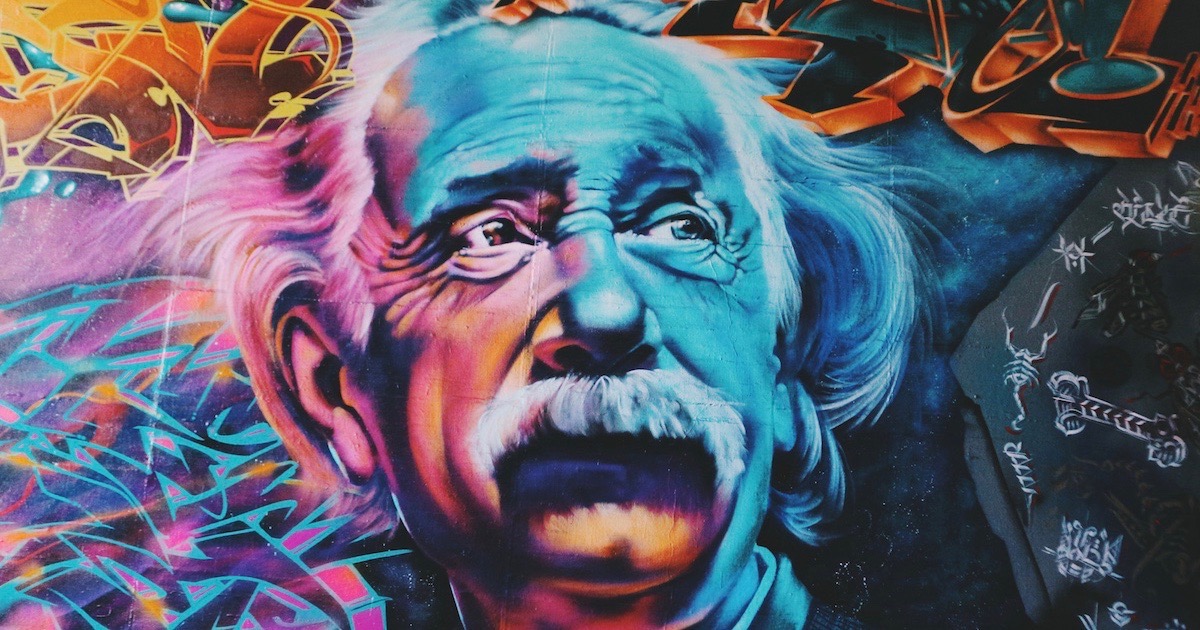 Education
Education
 Free Speech
Free Speech
The Forgotten Civil Right

Free speech continues to attract attention and controversy, on the international stage and here at home. Some news is heartening, while other developments prompt dismay. In the U.S., we have the First Amendment. Its protections have particular importance in our public universities, and are essential when it comes to origins science. As we’ve noted before at Evolution News, “intelligent design poses not only a scientific challenge to Darwinism but also a challenge to think a little more broadly about civil rights.” Specifically, “the whole cause of civil rights that Dr. King stood for is about protecting the freedom to believe, and to be, as you are, safe from harassment, intimidation, and discrimination.”
Last week, Tom Lindsay, director of the Center for Higher Education at the Texas Public Policy Foundation, contributed a thoughtful article, “Opponents of Campus Free-Speech Laws Forgot the History of the Civil Rights Movement,” over at Forbes. I want to recommend it to you.
He praises the response by the University of Texas to a recent incident, a political protest that devolved into “pushing and shoving.” Lindsay observes, “UT is far from the only school to witness such confrontations. Even the First Amendment, it would seem, has become a political issue.”
A Refreshing Statement from UT
Yes, allow speech of diverse kinds! But there is no room for violence on campus. I looked up UT’s statement, and found it refreshing:
“If you choose to protest, demonstrate or speak your mind — in support or in opposition of an issue — you have every right to do so. … Free speech of UT community members is fully protected on campus,” wrote Dean of Students Soncia Reagins-Lilly and UT Police Chief David Carter. “Violence and threats are not; they violate university policy and state law. You are able to discuss, argue and condemn those views you disagree with, but unwelcome physical contact with those who espouse them or the destruction of property is never acceptable.”
Lindsay highlights the First Amendment, noting that it protects democracy and is the essence of the university:
[T]he First Amendment is the precondition of all partisan advocacy, the indispensable means to ensuring that all of us, be we in the majority or minority, have a fair chance to speak and be heard by those who want to hear us.
[…]
Higher education depends on free speech no less — indeed, more — than American democracy does. To fulfill their teaching and learning missions, university campuses should be the most tolerant places in America. The late University of Chicago president, Robert Maynard Hutchins, said it best: “Freedom of inquiry, freedom of discussion, and freedom of teaching — without these a university cannot exist.”
A Pivotal Role
Free speech has played another pivotal role in U.S. history. Lindsay reminds us that it allowed minority and underprivileged groups to gain a voice. He points to the civil rights movement.
In 1960, nine African-American students at Alabama State College participated in a sit-in at a segregated cafe in the Montgomery County Courthouse. The restaurant refused to serve them, and ordered them to leave. As reported, “When Alabama State College learned of the students’ actions, it summarily expelled them without notice or hearing.” The case was Dixon v. Alabama State Board of Education (1961). When the students appealed, a federal court ruled in their favor, holding that state universities have to obey constitutional restrictions. This was the first time due process rights of students were recognized judicially.
Two years later, in Edwards v. South Carolina (1963), the Supreme Court struck down the breach-of-the-peace convictions of 187 African-American students who had marched to the South Carolina statehouse to protest segregation. The Court ruled that the arrests violated the students’ First Amendment rights to freedom of assembly and petition.
Most important, the Court in Edwards stressed that government could not criminalize the “peaceful expression of unpopular views.”
“The First Amendment right of assembly was the foundation of the civil rights movement of the 1950s,” writes Western Kentucky University professor Linda Lumsden.
That is a great point.
Finally, Lindsay notes that the First Amendment “balances the rights of competing sides. That is, under the First Amendment, protesters are free to protest, and invited speakers are free to speak to those who invited them.”
Free Science
You see how intelligent design fits into the larger pattern of free speech under pressure. Professors and students should be able to discuss evidence for ID without fearing harmful repercussions. Some illustrations from the Free Science website:
- An elective seminar on the boundaries of science, including some materials from scholars who support and others who oppose intelligent design, shouldn’t be shut down.
- Merely mentioning intelligent design in a biology class shouldn’t mark the end of your teaching at a particular school.
- Questioning Darwin’s theory in passing shouldn’t cause your dissertation committee to halt all proceedings on your degree and thesis.
- Supporting intelligent design on your own time, and outside the university setting, shouldn’t cause your university and your colleagues to single you out and silenced.
I like that quote that Lindsay shared from Robert Maynard Hutchins: “Freedom of inquiry, freedom of discussion, and freedom of teaching — without these a university cannot exist.” Encouraging free speech on origins issues affirms the purpose of the university.
It’s a beautiful picture — a campus as a place where all can engage in vibrant and robust dialogue peacefully. In resisting bullies and censors, free speech advocates have done important work, protecting expression in the contexts of politics, religion, and more. They need, however, to add science to their range of concerns. Dissent from Darwinism is as much a civil right as any other.
